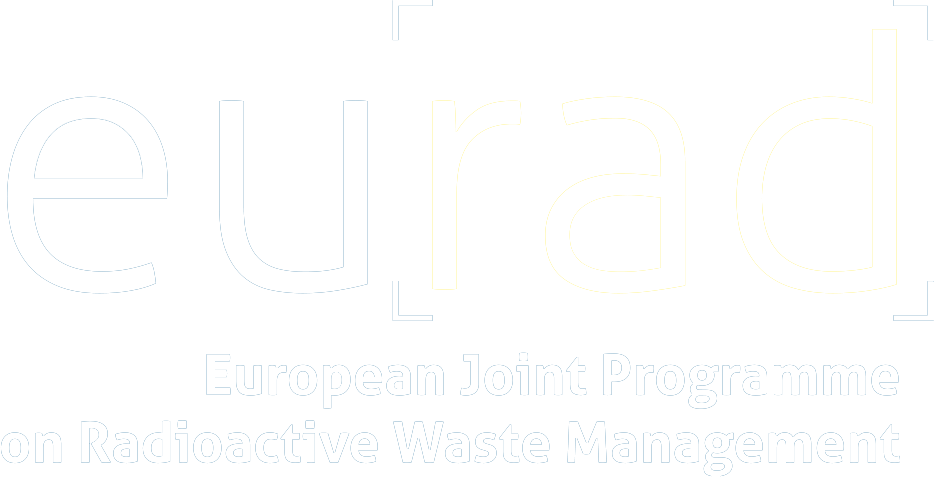The objective of the mission is to attend the EGU General Assembly 2024, and to present the work performed in the framework of the EURAD Workpackage 7.
During 5-day academic stay, a poster entitled “A thermal-mechanical constitutive modelling for Callovo-Oxfordian Claystone in the context of nuclear waste disposal” was presented in the session “ERE5.4 Coupled Thermo-Hydro-Mechanical-Chemical (THMC) processes in geo-reservoirs with emphasis on clay behaviour”.
This contribution deals with a thermal-mechanical constitutive modelling for Callovo-Oxfordian Claystone in the context of nuclear waste disposal. The heat generated by the nuclear waste decay brings elevated temperature increase, which may affect the thermo-hydro-mechanical (THM) behaviour of the host rock. A correct evaluation of the thermal impacts on the host rock behaviour is important for the design of the underground geological disposal. The study introduces a thermal-mechanical modelling involved with thermal plasticity. The cohesion of the host rock is defined as a function of the temperature to describe the thermally induced change of mechanical behaviour of the host rock. This model is validated against experimental observations in the laboratory and further applied to the large-scale heating test. The numerical results show that: 1) The cohesion dependency on temperature is introduced, and the parameters are calibrated based on triaxial test results; 2) The increase of the plastic zone after heating is observed, which is induced by the degradation of the cohesion; 3) The strain localisation phenomenon is observed, and the evolution of V-M equivalent strain is of the same pattern as cohesion evolution.
The applicant also followed some interesting sessions related to radionuclide transport and long-term geological evolution, which helped to promote professional knowledge and enhance EURAD community cooperation.


